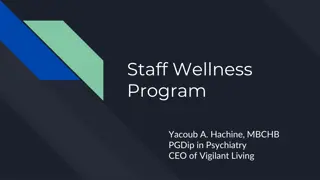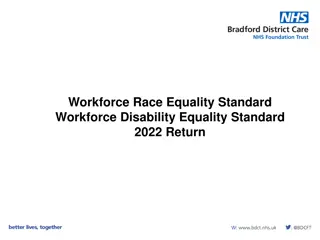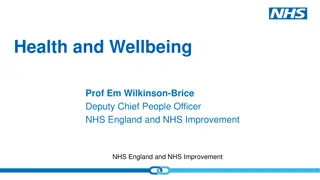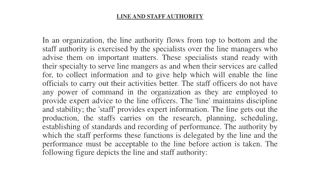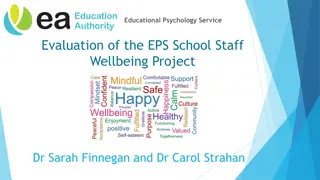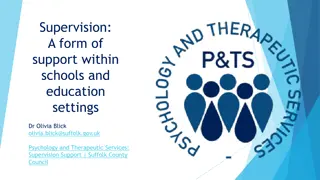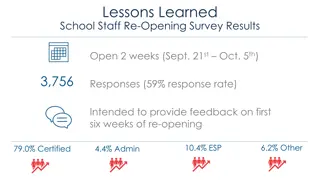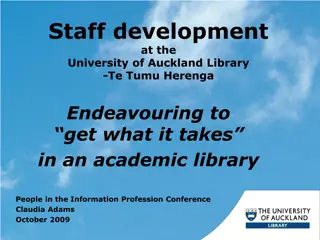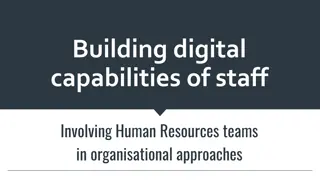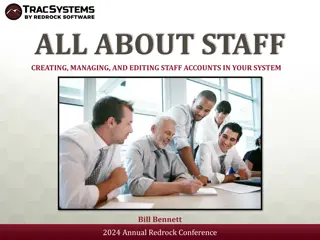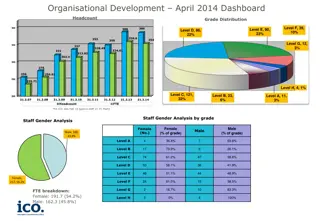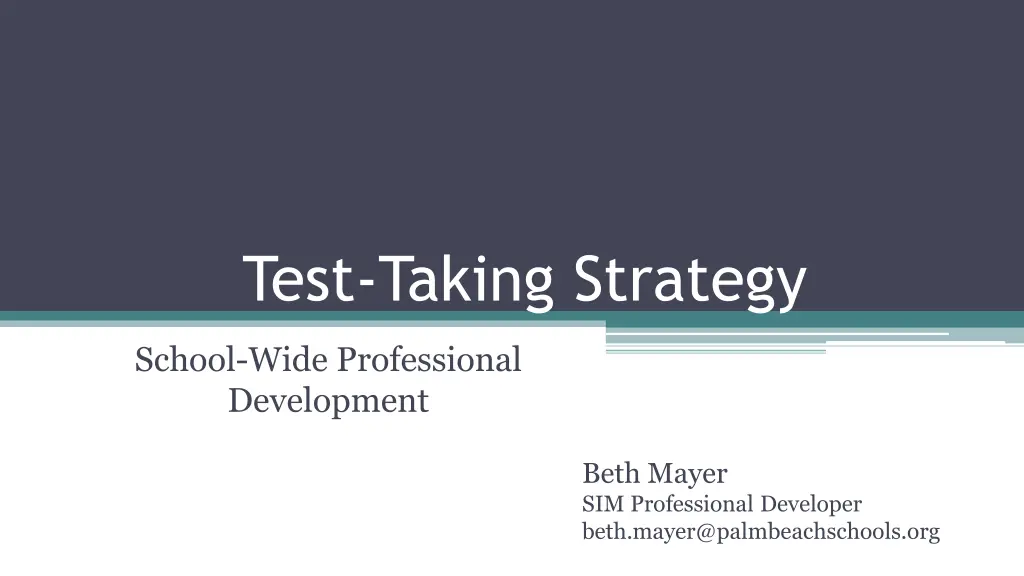
Effective Test-Taking Strategies for Student Success
Enhance student performance with school-wide test-taking strategies. Address test anxiety and apathy with proven techniques. Learn how to actively attack tests, promote positivity, and boost confidence. Discover the PIRATES method for test success.
Download Presentation

Please find below an Image/Link to download the presentation.
The content on the website is provided AS IS for your information and personal use only. It may not be sold, licensed, or shared on other websites without obtaining consent from the author. If you encounter any issues during the download, it is possible that the publisher has removed the file from their server.
You are allowed to download the files provided on this website for personal or commercial use, subject to the condition that they are used lawfully. All files are the property of their respective owners.
The content on the website is provided AS IS for your information and personal use only. It may not be sold, licensed, or shared on other websites without obtaining consent from the author.
E N D
Presentation Transcript
Test-Taking Strategy School-Wide Professional Development Beth Mayer SIM Professional Developer beth.mayer@palmbeachschools.org
Vision Statement To increase student performance and achievement through test taking strategies using a school-wide common language.
Why learn a test taking strategy Many students don t have a clue that there is a smart way to take tests. Many students have test-taking anxiety. Students develop test-taking apathy.
How do we get there? (add in graphic of your own scores and 10% increase)
What students learn... How to actively attack taking a test in order to earn as many points as possible. How to talk to themselves to promote a healthy and positive attitude about taking a test. How to feel confident when taking a test by simply knowing HOW to take a test.
What PIRATES means. P - Prepare to succeed (PASS) I - Inspect the instructions (RUN) R - Read, Remember, and Reduce (/) A - Answer or Abandon ( ) T - Turn back E - Estimate (ACE) S - Survey
PASS and RUN to ACE the Test! P - Put your name and PIRATES on the test A - Allot time and order sections S - Say affirmations S - Start within two minutes
Instructions are important R - Read instructions carefully U - Underline what to do once and where to respond twice N - Notice special requirements
When students dont know the answer... A - Avoid absolutes (always, never, all, none, no, every, only) C - Choose the longest or most detailed choice E - Eliminate similar choices
Carousel Activity 1. What are you doing that is similar to this test taking strategy in your classes? 2. What would keep you from using this strategy? 3. How could you incorporate this test taking strategy into your subject area? 4. What are the benefits for students in using the test taking strategy? 5. What are the benefits of using this as a school-wide initiative with common language?
Challenges Teacher Engagement: Completed observation during pre-test Student Engagement: Pre-test students completed feelings poster Describe stage provided a note sheet to students Model stage provided teacher report card Verbal practice to include games and technology Controlled practice/feedback chunked focus areas between tests Advanced practice incorporated daily in all subject matters Posttest and make commitments Generalized strategy in FSA, winter diagnostics, district assessments, and daily use in classroom
Kahoot Game https://kahoot.it/ Login: LMS_LitSY18 Password: Vikings#1
Other Challenges Hurricane Irma New Students & New Teachers Transitional Literacy Team
Accomplishments Increased student confidence Student and teacher recognition (incentives) Increased trust among teachers Increased teacher scores Increased teacher collaboration through weekly meetings Administrators allowed teachers to take reigns Bell Ringers/Warm-ups were focused on school wide initiatives Teachers want to learn and implement other SIM Strategies
Results Published in Stratenotes Jan/Feb 2019 Volume 27 Issue 3 Published FDLRS Focus Winter 2019 Volume 40 Issue 1 Copies to review on the table
Where are we going now? Less literacy team, more teacher led with students during controlled practice tests and feedback Literacy team members serve in a mentor or coach role Posttest commitments and Generalization Implement additional SIM Strategies
Special Education HLPs HLP1 Collaboration: Collaborate with professionals to increase student success HLP 5 Assessment: Interpret and communicate assessment information with stakeholders to collaboratively design and implement educational programs HLP 6 Assessment: Use student assessment data, analyze instructional practices, and make necessary adjustments that improve student outcomes HLP 11 Instruction: Identify and prioritize long and short term learning goals HLP 12 Instruction: Systematically design instruction toward a specific learning goal HLP13 Instruction: Adapt curriculum tasks and materials for specific learning goals
Special Education HLPs continued HLP 14 Instruction: Teach cognitive and metacognitive strategies to support learning and independence HLP 15 Instruction: Provide scaffolded supports HLP 16 Instruction: Use explicit instruction HLP 18 Instruction: Use strategies to promote active student engagement HLP 19 Instruction: Use assistive and instructional technologies HLP 21 Instruction: Teach students to maintain and generalize new learning across time and settings
General Education HLPs HLP 2: Explaining and modeling content, practices, and strategies HLP 4: Diagnosing particular common patterns of student thinking and development in a subject-matter domain HLP 6: Coordinating and adjusting instruction during a lesson HLP 7: Specifying and reinforcing productive student behavior HLP 12: Learning about students' cultural, religious, family, intellectual, and personal experiences and resources for use in instruction HLP 16: Selecting and designing formal assessments fo student learning HLP 17: Interpreting the results of student work, including routine assignments, quizzes, test, projects, an standardized assessments HLP 18: Providing oral and written feedback to students
Questions? We are here for support! Literacy Team Members Maria Soto Lisa Roberts Nicole Davis Molly Skylapsky Andrew Bourizk Sonya Ward Beth Mayer Jose Rodriguez


